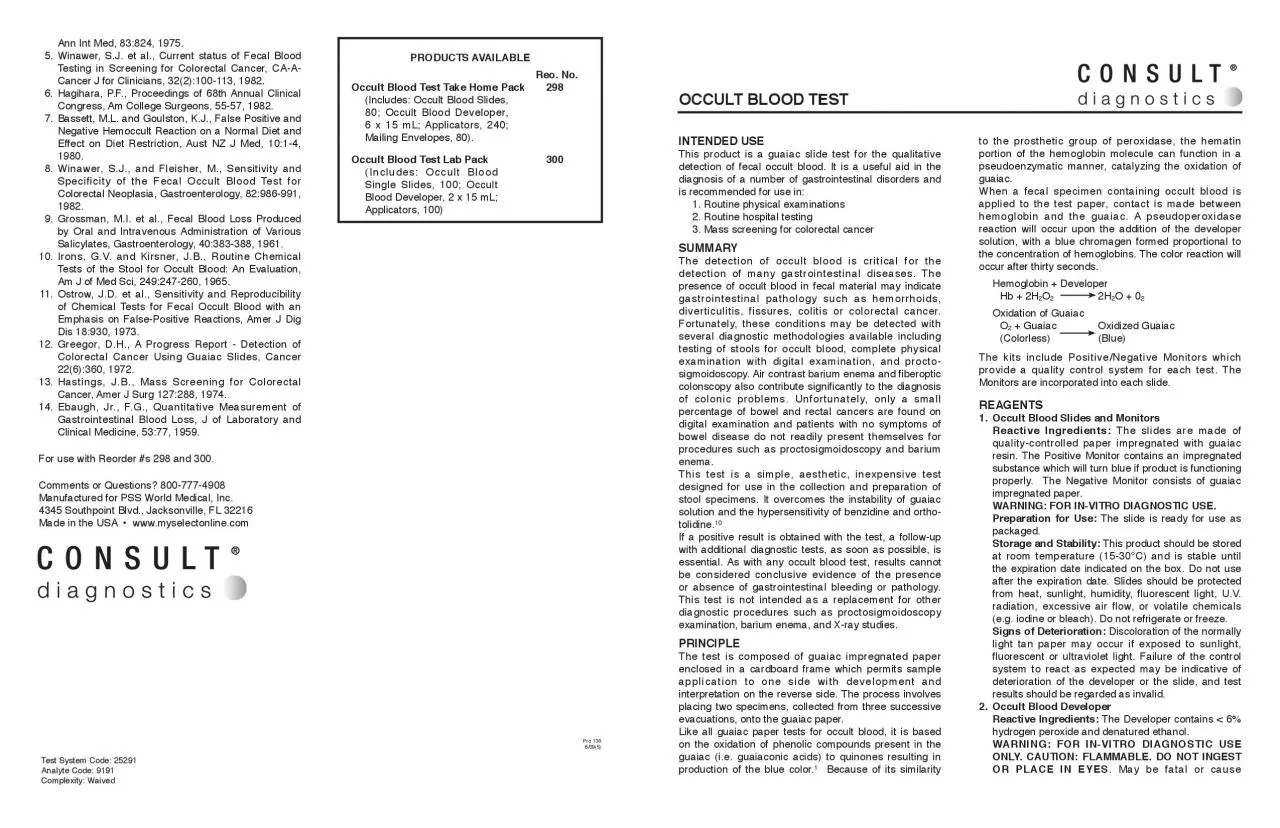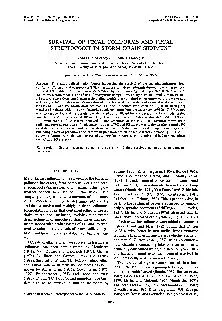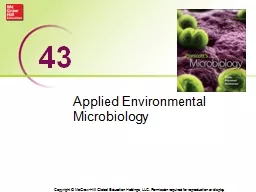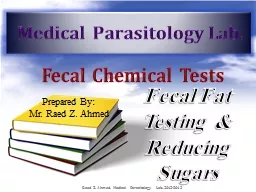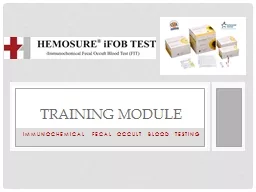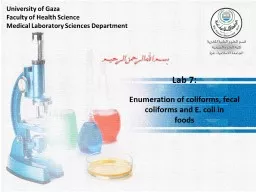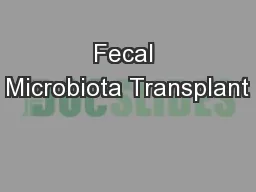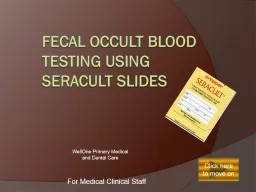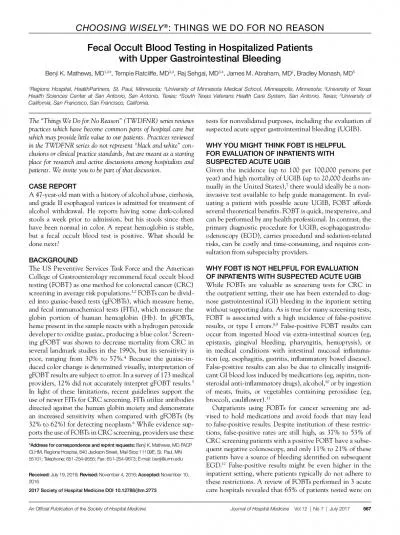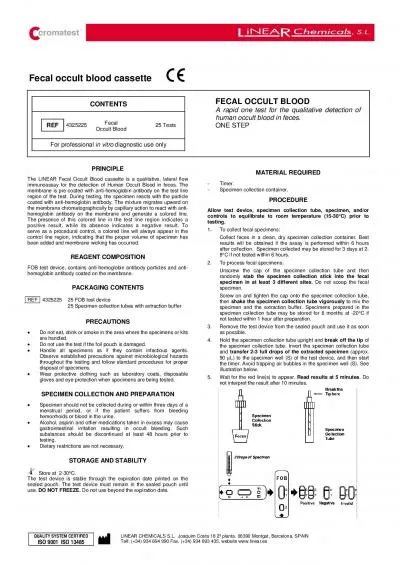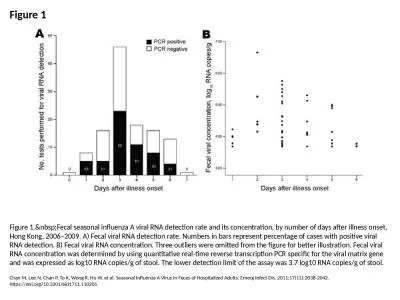PDF-Winawer SJ et al Current status of Fecal Blood
Author : daisy | Published Date : 2022-09-21
Testing in Screening for Colorectal Cancer CAA Cancer J for Clinicians 322100113 1982 Hagihara PF Proceedings of 68th Annual Clinical Congress Am College Surgeons
Presentation Embed Code
Download Presentation
Download Presentation The PPT/PDF document "Winawer SJ et al Current status of Fecal..." is the property of its rightful owner. Permission is granted to download and print the materials on this website for personal, non-commercial use only, and to display it on your personal computer provided you do not modify the materials and that you retain all copyright notices contained in the materials. By downloading content from our website, you accept the terms of this agreement.
Winawer SJ et al Current status of Fecal Blood: Transcript
Download Rules Of Document
"Winawer SJ et al Current status of Fecal Blood"The content belongs to its owner. You may download and print it for personal use, without modification, and keep all copyright notices. By downloading, you agree to these terms.
Related Documents

